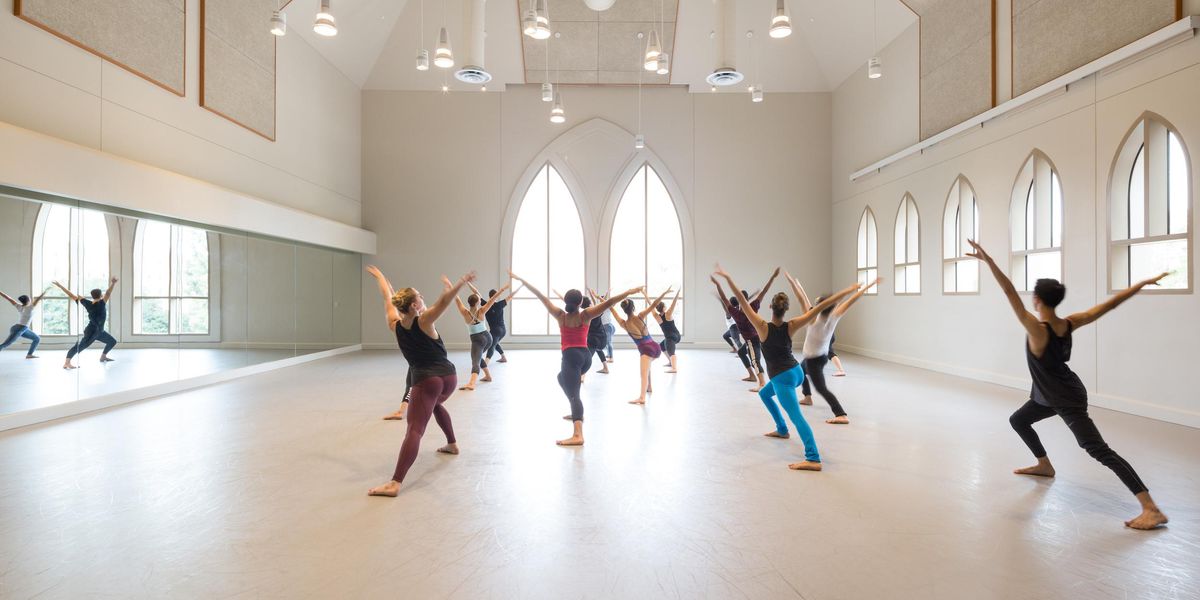Making It Happen: Tapping Into What Students Want
Drabant (right) with fellow Wayne State student Craig Fuchs. Photo by Jon Anderson, Courtesy Wayne State.
So you think you can tap! That wasn’t quite the case at Wayne State University when Megan Drabant, who had studied jazz, tap, and ballet growing up, began her freshman year in the fall of 2009 at the Detroit, Michigan, college. It was then that she learned there were no tap classes—at least on a consistent basis—in the dance department, whose focus is on modern dance and ballet.
Drabant, a National Society of Collegiate Scholars member, jumped in feet first to remedy the situation. Voted freshman class representative in the dance department (a yearly position she still holds), she approached the faculty, asking them to offer an all-level tap class.
“They were initially interested,” recalls Drabant, who graduates next May, “but their concern was how many people would want to take the class. So I started petitioning my theater and dance friends to see how many people were interested, and then I presented the faculty with a list at our majors’ meeting.”
Once the faculty saw the data, Drabant says they decided it would be worth the money to create an all-level course. Former Radio City Rockette Laura Bovenkerk was hired to teach the first class—enrollment 10—during the winter of 2010, with class size increasing each year, and the latest roster at 13.
With nearly 31,000 students at the school, this number may seem small, but considering there are roughly 90 dance students and 120 studying theater (the dance department recently merged with the theater department, now called the Maggie Allesee Department of Theatre and Dance), the number of those hoofing has proven Drabant’s instincts on the mark.
Indeed, Drabant says the students range from theater and dance majors to those studying political science. “Tap is a good form for those with no dance experience,” she explains. “There’s a strong history behind it. You also learn a lot of rhythmic musicality that helps you in other forms, and it’s another skill you can have in your tool belt when you go to an audition.”
Jeff Rebudal is an associate professor and area head of dance at Wayne State. He says the curriculum is fairly rigid and that few students propose new courses, but the tap class has been well received. He describes Drabant as an enthusiastic ambassador for the program, as well as a good spokesperson: “She speaks wonderfully on behalf of her peers,” he says.
Rebudal agrees that the benefits of studying tap carry over into other genres. “The challenges of those polyrhythms help a dancer in learning how to move through space,” he observes, adding that tap can even help with ballet because of the quick rhythmic steps in the legs, ankles, and lower body.
Drabant says she’s been approached by a number of students to try getting a second tap class started. “That’s the next goal before I leave,” she asserts. “It would be great to have an open beginning class and a second one for advanced students—people who’ve never put on tap shoes before and people studying it since they were 3.”
“And it’s fun,” adds Drabant. “It’s a more free, grooving style—rather than jazz and ballet and modern, which are very structured with technical aspects. There is a technique to tap, but it’s different on everybody’s body.”




